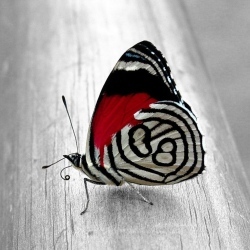
The ability to see using one’s back, magnetic fingers or an ultraviolet sense of sight?
Those abilities may sound like the domain of X-Men mutants, but such innovations may not be far off, researchers say.
Because the sensations that humans (and other animals) experience from sense organs like the nose are all processed and interpreted similarly in the brain, those organs could be augmented, replaced and transformed to create human superpowers.
"The brain doesn’t care what the peripheral devices are that you plug in, like eyes and ears and nose and mouth," said researcher David Eagleman, a neuroscientist at the Baylor College of Medicine in Texas, on Sept. 28 at the Being Human conference, a daylong event focusing on questions about the science and mystery of the human experience. "These are plug-and-play peripheral devices and the brain will figure out how to use it." [Bionic Humans: Top 10 Technologies]
The human experience of the real world is mediated through the five senses, which for humans includes a narrow band of hearing, a tiny fraction of the "visible" light spectrum and a puny smell system that most dogs would deem pathetic.
Animals experience the world very differently. For instance, bats navigate by sound, cows have magnetic compasses that help them feel the Earth’s magnetic field, and star-nosed moles have a 20-fingered nose with thousands of touch receptors that allows them to feel their way through dark, subterranean tunnels, Eagleman said.
Now many scientists, banking on brain similarities between these animals and humans, are developing technologies to give humans an expanded repertoire of supersenses.
